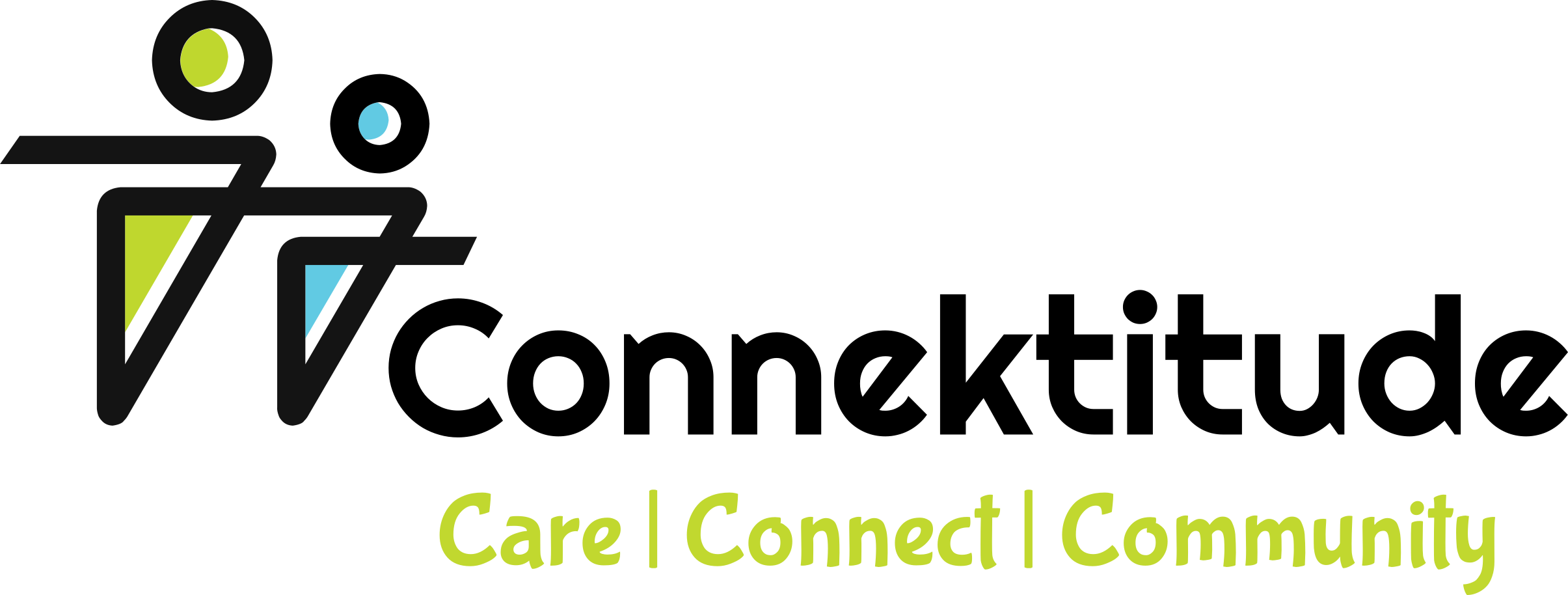What is needed is any type of care or program that facilitates not merely a drug-free life but the pursuit of new goals and new relationships. There are many roads to recovery, and needs vary from individual to the next. Others do well on their own making use of available community resources. Relapse is common and https://scooterclub.by/nforum/viewforum.php?f=21&start=75 experts see it as an opportunity for learning about and overcoming impediments to change. SAMHSA’s working definition of recovery defines recovery as a process of change through which individuals improve their health and wellness, live self-directed lives, and strive to reach their full potential.
Medical Professionals

Explore inpatient detox support services, from tailored treatment plans to 24-hour care for lasting recovery. Explore the risks and signs of nasal spray addiction and learn effective treatment and prevention strategies. Discover essential substance use disorder helplines for compassionate support and effective treatment options. Recognize delirium tremens symptoms, understand treatment options, and learn prevention strategies. Recovery from alcohol addiction initiates a range of physical health improvements almost immediately.
Resources

The National Recovery Month webpage provides a host of resources that can be used to help promote the observance. By adhering to these tips, you can create substance abuse slogans that are not only impactful and memorable but also resonate deeply with your intended audience. Effective slogans can play a pivotal role in raising http://medbioline.ru/catalog/perevyazochnye-materialy/medrull-lejkoplastyr-meditsinskij-detskij-v-stripakh-kids-tattoo-10-sht1.html awareness, inspiring change, and fostering a supportive environment for individuals striving to lead a drug-free life. After the initial detox, many individuals experience emotional fluctuations during the post-acute withdrawal stage, which may last up to two years. Support groups and therapies, such as Cognitive Behavioral Therapy (CBT), play a crucial role in addressing these issues, helping individuals to manage cravings and build emotional resilience.
- This helpline is answered by Treatment X LLC, an addiction treatment provider with treatment facilities in Ohio, Pennsylvania, and California.
- If you are able to find healthy replacements instead of turning to alcohol, you will develop positive coping strategies to strengthen your health and well-being, which aid in prevention.
- Participating in aftercare programs can be a beneficial way to maintain sobriety and continue the process of recovery.
- Relapse rates for drug use are similar to rates for other chronic medical illnesses.
- For many, by the one-month mark, improvements such as weight loss, clearer skin, and better blood pressure are noticeable.
A Roadmap to Health Improvements and Potential Challenges

Individuals often face cravings, anxiety, and mood swings as they navigate initial sobriety. The first week can be particularly challenging, with https://dominterior.org/for/curtain?filter_by=review_high withdrawal symptoms such as insomnia and irritability being common. This section divides substance use disorder causes into categories consistent with the biopsychosocial model. Like many other chronic conditions, treatment is available for substance use disorders.
- The National Recovery Month webpage provides a host of resources that can be used to help promote the observance.
- It is often a long and bumpy path, and relapse is nearly inevitable—but that doesn’t spell the end of recovery.
- By leveraging these future-oriented anti-drug slogans, organizations can effectively motivate individuals to envision and strive for a better tomorrow, free from the constraints of substance abuse.
- These strategies are not just one-time actions but continuous practices to ensure a healthier, sober life.
